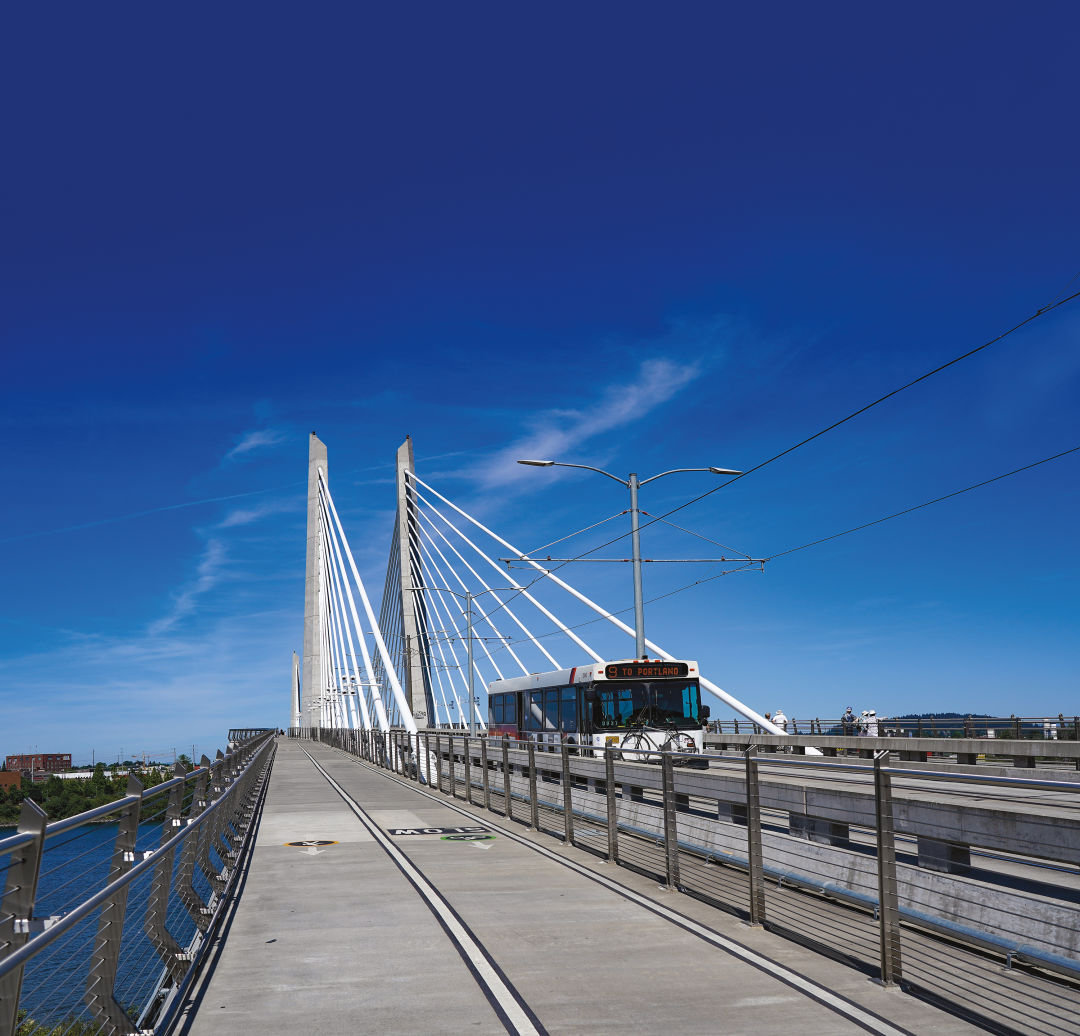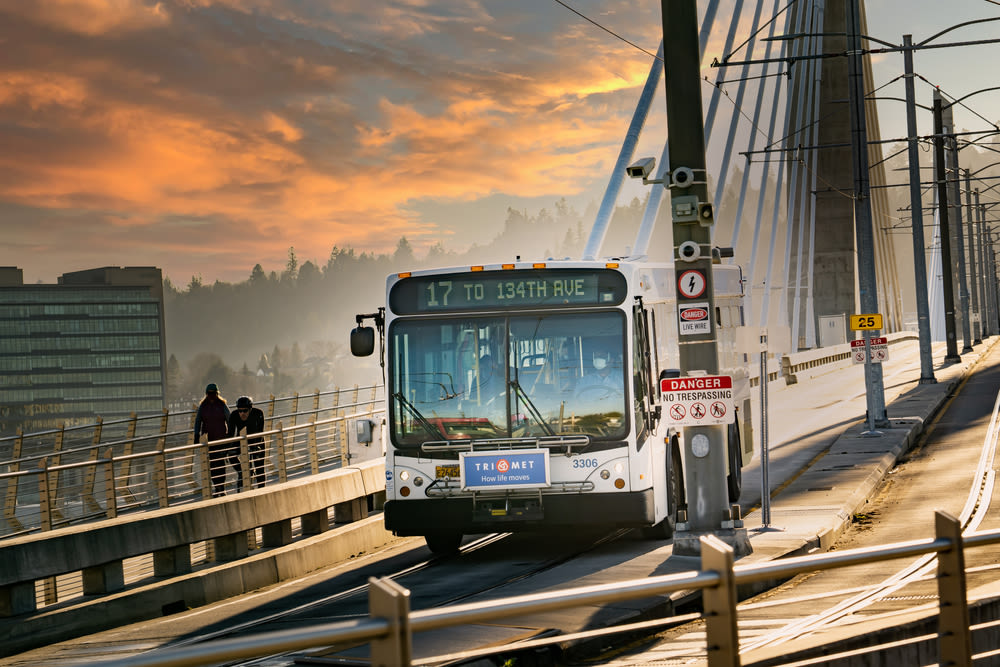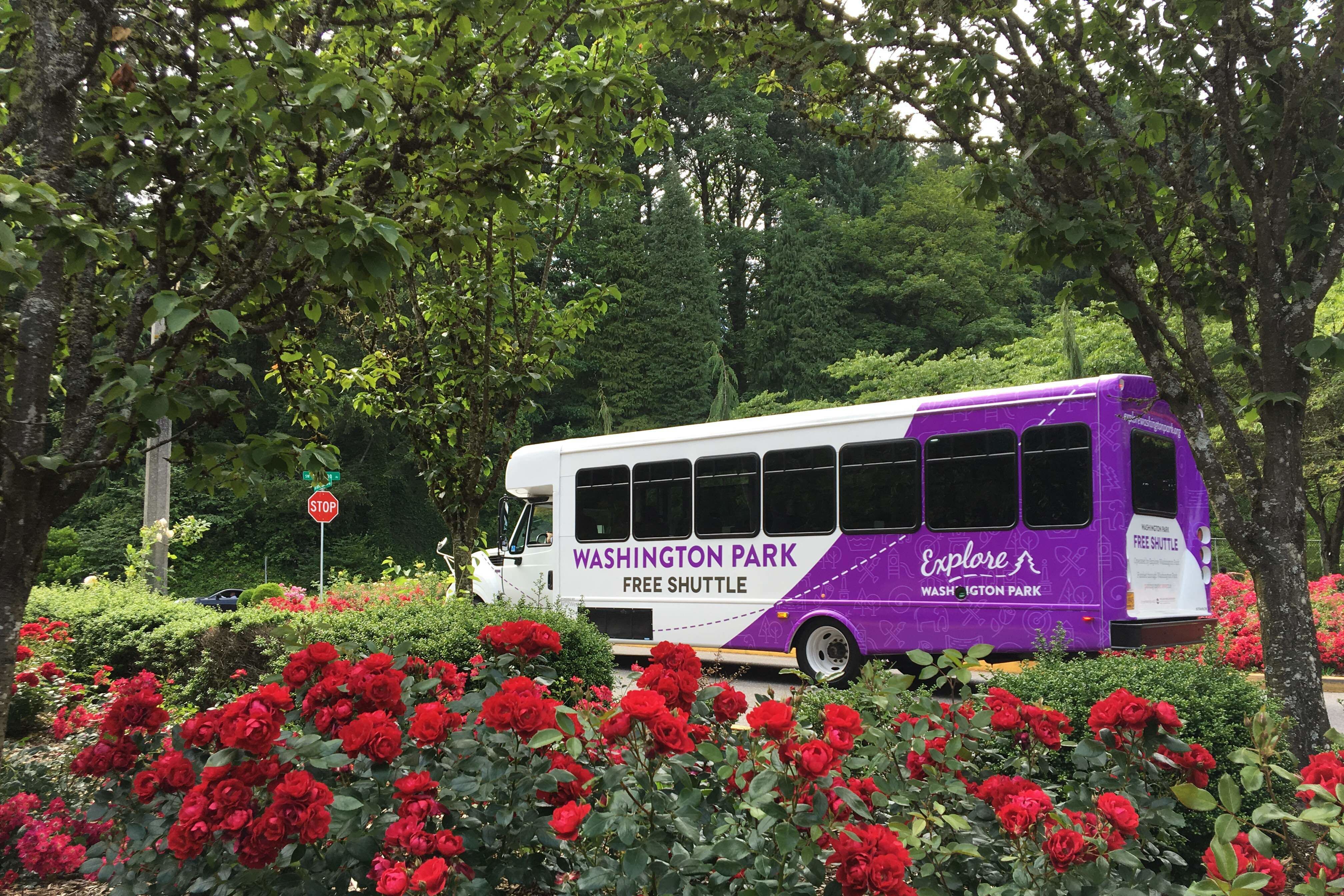Running the Numbers on TriMet’s Slow Recovery

Portland’s public transit system is going through a bit of an identity crisis. On the one hand, it’s fielding gripes about pruned-back routes (20 and counting) and longer wait times as it scrambles to hire 350 drivers ($7,500 hiring bonus and $25 an hour to start, anyone?). On the other hand, given that work-from-home-sweatpants life, there’s less demand overall for transit; 10 more bus lines are due for reduced service this fall. To emerge leaner and meaner, the agency is launching a new fleet of frequent-service, high-capacity bus lines, with wait times of around 12 minutes. Watch for 24 new electric-battery-powered buses to hit the streets next year, too, another step closer to the goal of being zero-emissions and diesel-free by 2040.
1,901,445 Estimated average weekly boardings in February 2020, prepandemic
585,206 Estimated boardings the week of April 19, 2020, post-lockdown
1,038,655 Estimated average weekly boardings in May 2022
14 minutes Average weekday wait time for bus, light rail, commuter trains, and streetcar in metro area, May 2022
$4.89 Average cost of a gallon of gas in Portland at press time (less than at its early summer peak, but still high enough to maybe get some of us back on the bus.)
$2.50 Adult fare to ride the bus, MAX, and WES for 2.5 hours; the single fare last increased in 2012
$4.31 System costs per boarding in February 2020
$7.74 System costs per boarding in April 2022
$1.8 billion Fiscal year 2023 approved budget for TriMet




